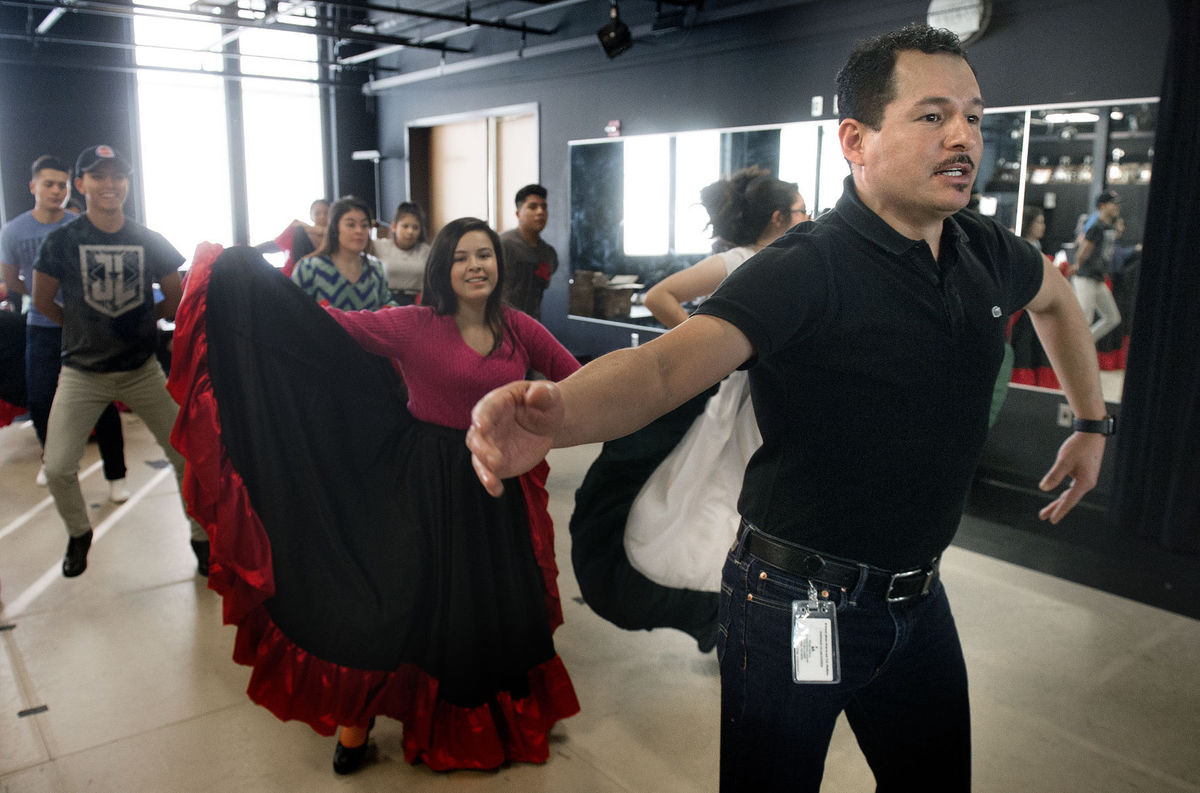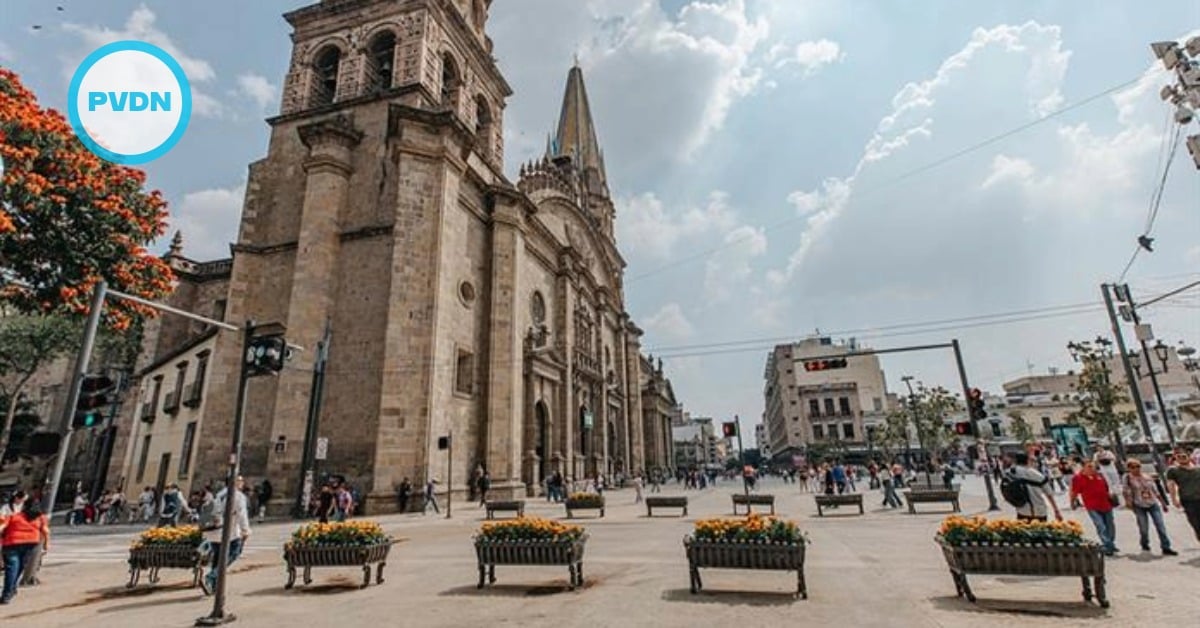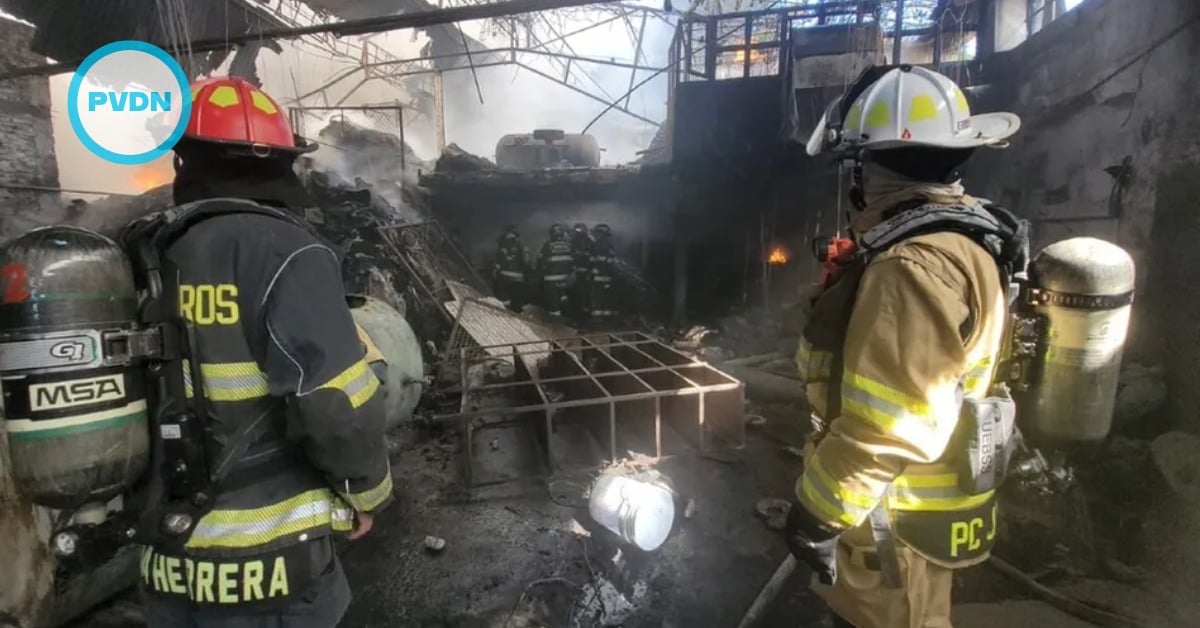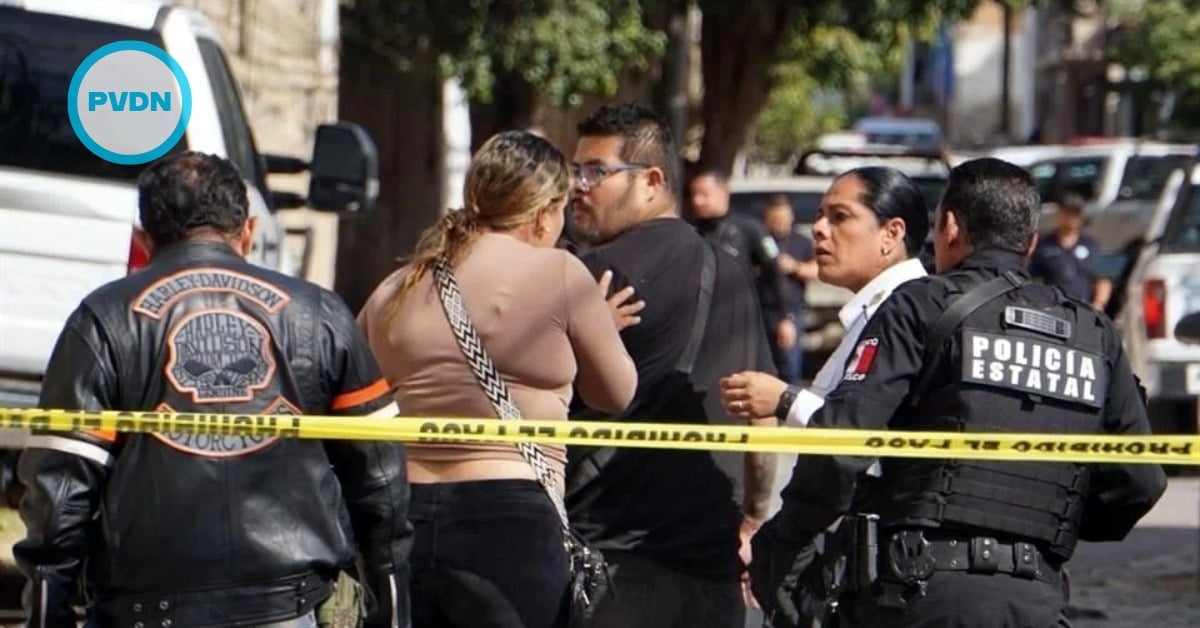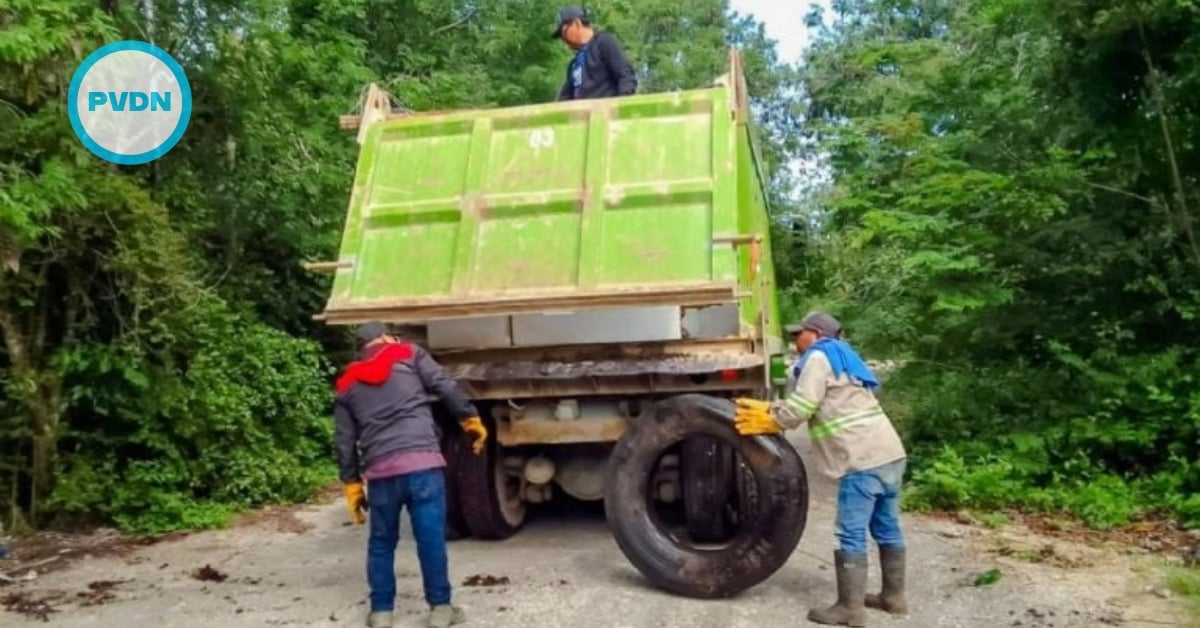In the halls of a middle school in the sprawling city of Monterrey, Mexico, a young Pablo Cervantes pauses at an open doorway. He sees a teacher, the teacher sees him. Would you like to dance? The seventh-grader looks at his friends, a group of boys heading outside for a game of …


